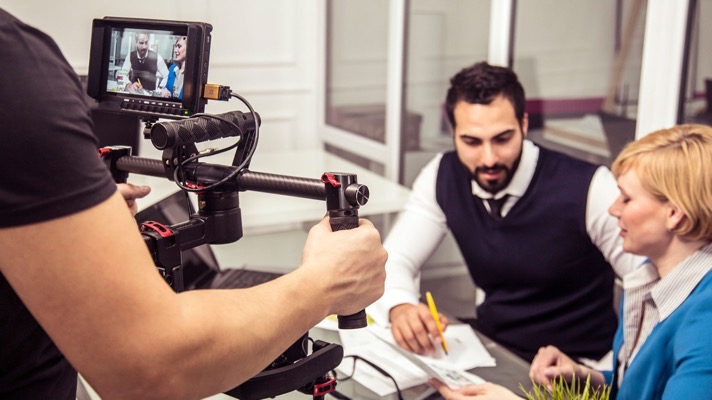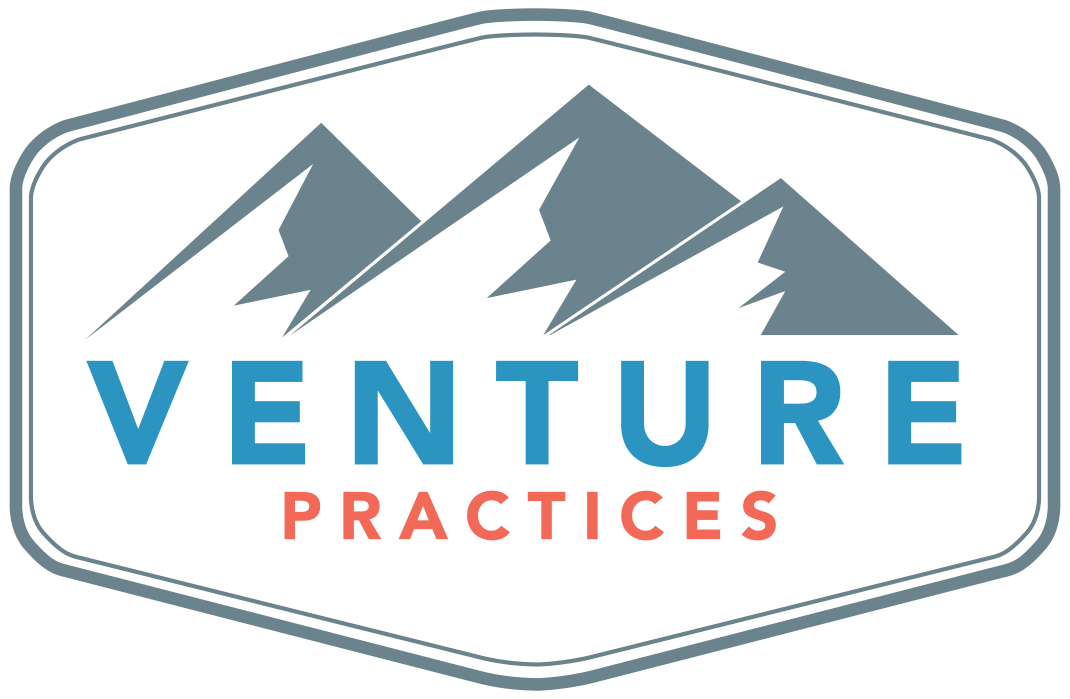
A great office video shoot should capture the essence of the company’s culture, work environment, and daily operations. Videos tell your story in a compelling manner that, done correctly, can attract new patients and staff. However, successful video shoots take time and effort.
Planning: Critical First Steps
When planning an office video shoot, several critical first steps exist.
- Define the purpose of the video and what message you want to convey. This will help determine the tone and content of the video, as well as what equipment may be necessary for filming.
- Consider your audience and what they want to see in the video.
- Scout locations for filming. Look for areas with good lighting, sound quality, and exciting backgrounds that add visual interest.
- Do a test run of filming at each location before deciding which ones to use.
- Plan a shooting schedule and ensure all personnel is available during filming times. This includes:
- Anyone being interviewed: Doctors, Patients, or other staff
- Videographer and staff
- Plan outfits, props, hair, and makeup ahead of time. Use complementing tones.
Scripting & Storyboarding
A great office video shoot begins with a well-crafted script and storyboard. The script should:
- Be clear, concise, and engaging.
- Include a compelling hook that captures the viewer’s attention within the first few seconds.
- Be authentic by incorporating real employee and patient stories.
The storyboard is equally essential, as it visually represents how the video will look and feel.
When scripting and storyboarding for an office video shoot, it’s crucial to consider the video’s goals.
- Are you trying to promote your company culture or showcase a new product?
- Do you want to attract new patients?
- What story are you trying to tell?
- What sets you apart from other offices?
Curious about the Best Ways to Use Video in Recruitment, click here.
Getting Camera Ready
When it comes to shooting an excellent office video, preparation is critical. Several essential elements need to be considered before the shoot begins.
- Schedule in Advance– Start scheduling months in advance, whether doing a simple shot yourself or a more elaborate shoot with a videographer. Coordinating schedules is extremely taxing; allowing enough time ensures everyone can be present and ready for your shoot.
- Outfit Coordination– It may seem trivial, but outfits can make or break the look and feel of your video. Use colors that complement each other as well as your brand. Do not use horizontal stripes or skin-colored clothing.
- Feed the Masses– Shoot days can be long, especially when tacked onto other job responsibilities. Feeding the team keeps everyone happy, plus it keeps everyone in one spot.
- Account for Mishaps– Issues will arise; leave time in your schedule to pivot where needed.
- Due Diligence– Videography is an investment. Make sure to vet the person you plan to use beforehand. They should be professional but also mesh well with your team’s personality.
- Review Spaces– Double-check that spaces are clean and ready to save time during the shoot.
- Remind, Remind, Remind– Make sure to reach out well in advance so anyone you want in your video is present as well as on time. Send reminders and double check they will show up at their allotted time.
These elements can significantly impact how professional and polished your final product appears. Ensure that everything is set up correctly before filming begins so that you can focus on capturing high-quality footage during production.
Lights, Camera, Action
When capturing a great office video shoot, several key factors must be remembered.
- Tell Your Story– This will help guide your shots and ensure that your final product effectively communicates your intended message.
- Get the best light: Whether you’re filming indoors or outdoors, ensure the lighting is adequate and even. Consider using additional lights or reflectors to fill in shadows or dark spots.
- Can you hear me?: Make sure the microphones are placed in appropriate positions and test them before filming to ensure they capture clear audio without any background noise.
- Camera Angles: Get creative with angles and perspectives to add visual interest to your footage. Use steady shots for interviews or talking heads, but also experiment with handheld cameras or drones for movement shots that can give viewers a sense of the space.
By keeping these tips in mind during your office video shoot, you’ll be able to capture high-quality footage that engages your audience and effectively tells your story.
